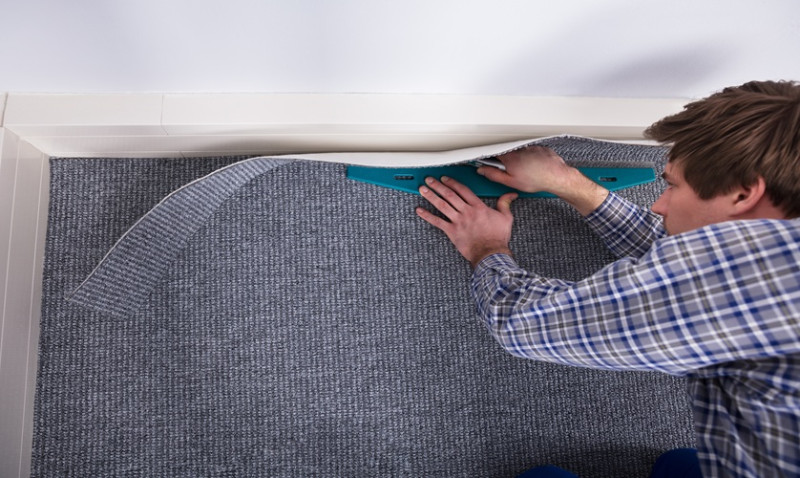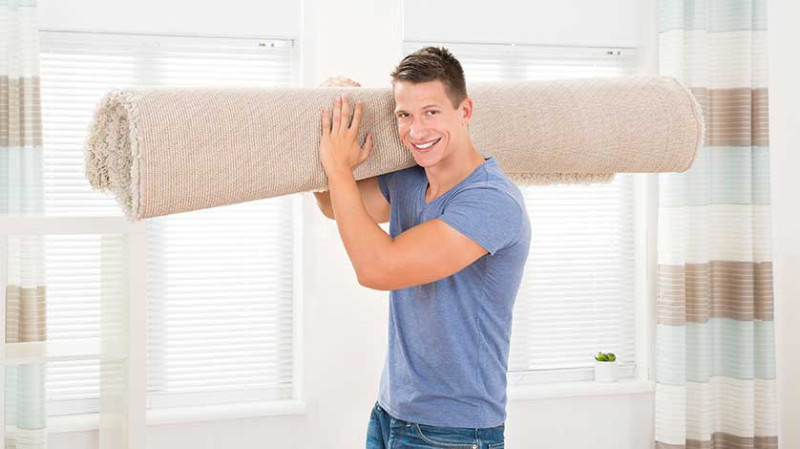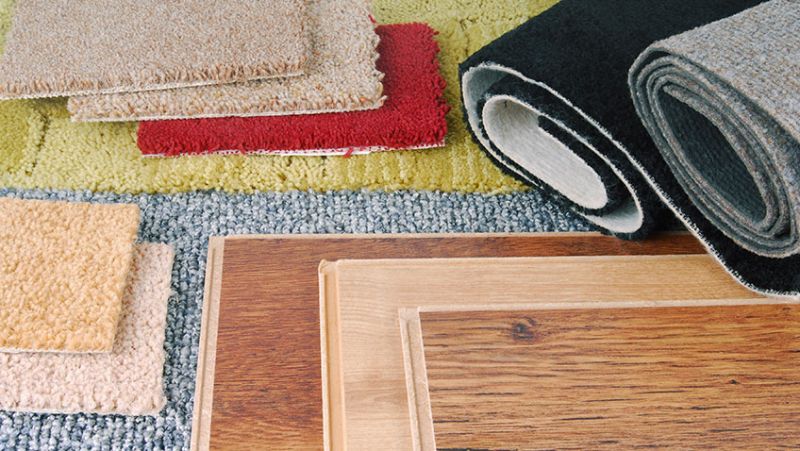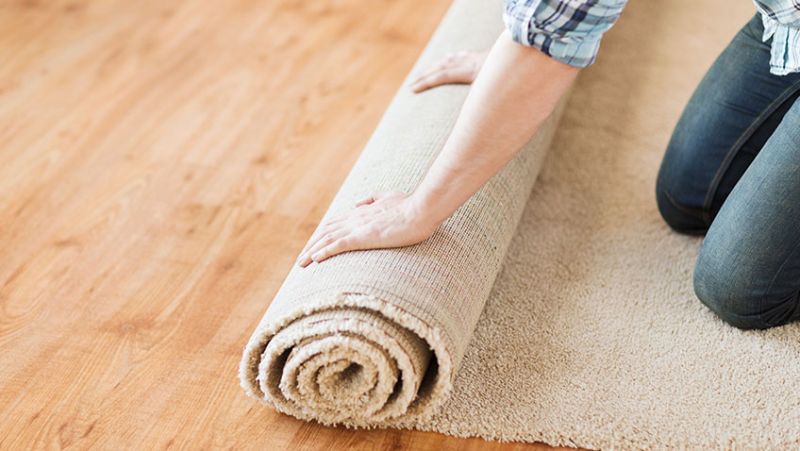
If you're a homeowner, designer, or tradesperson in the UK thinking of upgrading tired, outdated carpeting, switching to faux wood flooring can be a game-changing decision. With its natural aesthetics, improved durability, and affordable price tag, faux wood has become a popular choice among young professionals and DIY enthusiasts looking to breathe new life into their interior spaces.
Gone are the days when faux wood looked cheap or artificial. Thanks to modern manufacturing techniques, today’s options mimic the character of real timber with impressive detail — from hand-scraped textures to realistic wood grain finishes — at a fraction of the cost and upkeep. In this post, we’ll guide you through everything you need to know about transforming your carpeted floors into stunning faux wood ones, including benefits, step-by-step installation guidance, and maintenance tips.
Why Choose Faux Wood Flooring?
Many homeowners in the UK are now opting for faux wood flooring when renovating. Whether you're renting out a property, flipping a house, or simply giving your own home a facelift, faux wood floors offer numerous advantages over both carpet and traditional hardwood.
Faux wood flooring — which includes materials like laminate, luxury vinyl plank (LVP), and engineered wood — delivers the warm, organic feel of natural timber without the susceptibility to warping, scratching, or fading. Especially in high-traffic areas, faux wood resists damage and is easy to clean, making it ideal for modern living.
Unlike carpeting, faux wood is hypoallergenic, not retaining dust mites, pollen, or pet dander. This makes it a healthier option for households with allergies or asthma.
Additionally, today's faux wood options come in a wide variety of colours, patterns, and plank widths — so whether you're styling a rustic cottage, an urban studio, or a contemporary office space, there’s a style to enhance your interior aesthetic.
And when it comes to price, faux wood flooring typically costs less to purchase and install than real wood or high-end carpets, giving homeowners an accessible way to achieve a high-end look on a mid-range budget.
Planning Your Transformation
Before you dive into tearing out your carpet, it's essential to plan your flooring project carefully. First, evaluate the size and layout of the spaces you're renovating. Consider flow between rooms — choosing the same flooring throughout open-plan areas can create a seamless visual effect and make your space feel larger and more cohesive.
Take into account your lifestyle and usage. Do you have kids or pets? Consider water-resistant or scratch-resistant options. Do you want underfloor heating? Make sure the faux wood product you choose is compatible with it.
Next, think about the subfloor. Faux wood can usually be installed over concrete, plywood, or even old flooring (provided it’s flat and in good condition). Prepping the subfloor by removing trims, doors, and obstacles will ensure a cleaner final look.
If you're working with an older floor in a Victorian or Edwardian property — common throughout the UK — you may need to inspect for dips, uneven surfaces, or squeaky boards. Self-levelling compound or underlay might be necessary before installation begins.
Removing Old Carpet
While it may seem daunting, removing carpet is straightforward with the right tools and a bit of patience. Start by pulling up the corners of the carpet using pliers. Work your way around the edges, cutting the carpet into manageable strips for easy removal and disposal.
Don’t forget the underlay. This foam-like layer should also be removed, as it can break down over time and is unsuitable as a base for faux wood. You’ll also need to pry up any carpet grippers (known as tack strips) around the room perimeters — use a pry bar or crowbar carefully to avoid damage to the subfloor.
Once everything is removed, thoroughly clean the subfloor of dust, staples, and glue residues. A smooth, clean surface is essential for successful faux wood installation.
If disposal is a concern, check your local council’s regulations — many UK councils offer carpet recycling at household waste centres.
Selecting the Right Faux Wood Flooring
When selecting faux wood flooring, consider three main options: laminate, luxury vinyl plank (LVP), and engineered wood. Each offers unique benefits depending on your needs and budget:
| Flooring Type | Pros | Best For |
|---|---|---|
| Laminate | Affordable, durable surface, easy installation | Living rooms, bedrooms, low moisture areas |
| Luxury Vinyl Plank (LVP) | Waterproof, realistic wood look, resilient underfoot | Bathrooms, kitchens, high-traffic zones |
| Engineered Wood | Real wood layer over composite base, more affordable than hardwood | High-end renovations, underfloor heating compatibility |
Colour is just as important. Lighter tones like oak or ash open up small UK flats, while darker shades like walnut add richness and warmth to traditional homes. Grey tones are a versatile, modern choice for minimalist interiors.
Installation: DIY or Pay a Pro?
Faux wood flooring is famously DIY-friendly. Many systems, especially click-lock laminate or LVP, are designed with easy installation in mind. It's common to find homeowners completing an average-sized room in a weekend using basic tools like a jigsaw, spacers, and a tapping block.
Ensure you leave the recommended expansion gaps (usually around 10-12mm) around the perimeter to accommodate natural expansion and contraction — especially important in the UK’s varied climate.
However, if you're laying flooring over a large space, navigating awkward cuts around pipes or fireplaces common in older British homes, hiring a professional fitter may be smarter. Professional installation also ensures a cleaner finish and protects your product warranty, which often depends on following specific fitting instructions.
Another consideration is skirting. Some homeowners prefer to remove and replace skirting boards, while others opt for scotia beading to cover the expansion gap cleanly. Both approaches look great when executed well.
Maintaining Faux Wood Floors
One of the best things about faux wood floors is how low maintenance they are. Regular vacuuming or sweeping will keep dust and debris at bay, and occasional mopping with a damp (not wet) microfibre mop will restore their shine.
Avoid using excessive water and harsh cleaning products, especially with laminate and engineered wood, as these can damage the surface or cause warping. Stick to manufacturer-approved floor cleaners for best results.
To protect your floors from scratches, place felt pads under furniture and consider rugs in high-traffic areas like entryways or hallways. If you have pets, keep their nails trimmed to reduce wear.
Should damage occur, many faux wood systems allow for easy spot repairs — individual planks can often be replaced without redoing the entire floor, saving time and money in the long run.
The Final Reveal: Transform Your Space
Once installed, the visual impact of your new faux wood flooring will be immediate. Rooms feel brighter, sharper, and more put-together. The sleek look of wooden floors elevates your interior style, making it perfect for resale potential, entertaining guests, or simply enhancing your quality of life.
For homeowners in the UK seeking a stylish, budget-conscious, and practical flooring solution, switching from carpet to faux wood is an inspired choice. Whether you’re a seasoned DIY expert or planning a weekend project, this transformation adds timeless elegance without the time-consuming upkeep of real hardwood.
From rental flats in London to country homes in Yorkshire, faux wood fits flawlessly into any interior. Ready to upgrade? Then roll up that carpet, grab your toolkit, and prepare to reveal a beautiful, new floor beneath your feet.





